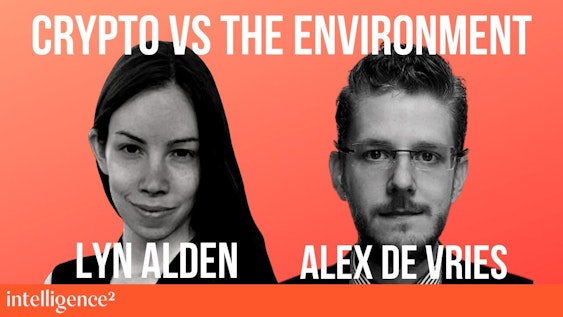Why and How Bitcoin Consumes Energy
Bitcoin’s energy consumption is complex and often misunderstood, so this rabbit hole provides some resources to help understand this topic.

Lyn Alden
Total time
Bitcoin uses a proof-of-work protocol to operate the network, which means that miners expend real-world resources (electricity) in order to validate transactions and secure the blockchain. Rather than being a bug, this is a feature because it is what keeps the protocol decentralized.
Other consensus protocols such as proof-of-stake may have their use-cases, but they make numerous trade-offs compared to proof-of-work. They are far more complex, with more attack surfaces, and are prone to centralization over time.
In addition, Bitcoin miners use energy in a very unique and useful way. Specifically, unlike data centers or other types of electricity consumers, individual Bitcoin miners don’t require very high uptime or a lot of internet bandwidth, which means they can go to areas of stranded energy production or can be co-located with power generation facilities as load balancers.

Lyn Alden
@lynaldencontactLyn Alden has a background that blends engineering and finance. As a former electrical engineer and current financial analyst, Bitcoin’s energy consumption is a topic that is of particular interest to her, especially because it is so broadly misunderstood.
Ready to go deeper?
You might want to dive down one of these Rabbit Holes next.

Bitcoin 101
Cory Klippsten

What the Hell Even is Bitcoin?
Guy Swann

Bitcoin Security
Jameson Lopp

Stephan Livera Rabbit Hole
Stephan Livera




